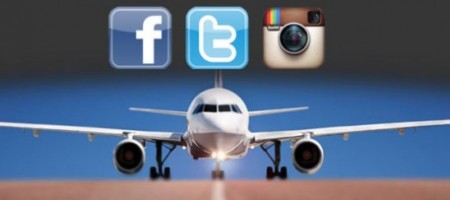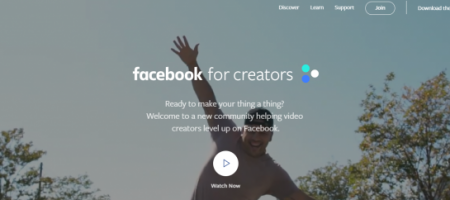Airlines have got a large number of touch points for customer communication and service but social media platforms, especially Twitter have a very crucial role to play. Any incident sparks a storm of conversations on social media and it is important for brands to open the communication quickly and do it right. Recently an EgyptAir flight was hijacked and the brand used its Twitter very well to handle the crisis situation. Here are some learnings and takeaways for social media from the incident:
Quick but careful
As soon as the news was confirmed, EgyptAir announced the same on Twitter before conversations building up on Twitter take any other direction. They also added that an official statement will follow.
Our flight MS181 is officially hijacked. we'll publish an official statement now. #Egyptair
— EGYPTAIR (@EGYPTAIR) March 29, 2016
Language for reach
While most brands use only English on their social media accounts, Egypt Air uses both English and Arabic. Arabic is widely used in Egypt and the important updates regarding the flight were shared both in English & Arabic to ensure they reach everyone. This is very important, especially in such situations to communicate the message clearly.
اقلعت منذ لحظات رحلة مصرللطيران رقم 742 من مطار لارناكا الي مطار القاهرة وعلي متنها الأستاذ شريف فتحي وزير الطيران المدني والوفد المرافق له
— EGYPTAIR (@EGYPTAIR) March 29, 2016
Frequent updates
Not only the initial response but the following updates should be timely. EgyptAir kept tweeting with any developments on the status of the incident. This helps them reduce the offline conversations and also inspires some confidence in people who are worried.
@EGYPTAIR Thanks to you guys my mother is no longer on that plane. I had thought that the hijacker had spared her out of luck. You saved her
— MoMoMeMes Edits #Mv (@BCC_VelocityR) March 29, 2016
For people who needed more details, they also shared the international and local emergency contact details in both the languages.
Emergency Call Center
Within Egypt 0800 77 77 000
International +2 02 25989320-29— EGYPTAIR (@EGYPTAIR) March 29, 2016
However, like we highlighted, even in an emergency, it is very important to be careful with what you say on social media. Some people didn’t receive the use of term ‘foreigners’ in the tweet very well.
@I_am_Rangil @EGYPTAIR nationality shouldn't matter. I don't even like how they say "except four foreigners"
— Nick Bell (@NickBeII) March 29, 2016
Missing hashtag
In crisis situations, brands often create their own hashtag and immediately make it their primary hashtag. Very soon, the media and followers also adopt it and everyone knows where to go to get more information. It also becomes easier for brands to track the direction of conversations and see if the negative needs to be corrected. EgyptAir failed to do the same in this incident which resulted in scattered conversations.
Update: the concerned departments are working on issuing the landing authorization for an aircraft to depart from Cairo Airport to Larnaca.
— EGYPTAIR (@EGYPTAIR) March 29, 2016
The important part here is that they kept the communication channels open unlike some other airlines in the past which were so late in getting the message out on social media that their messages fell on deaf ears. The days when crisis communication used to be reactive are long gone and it is best for brands to be social like their audience.



















